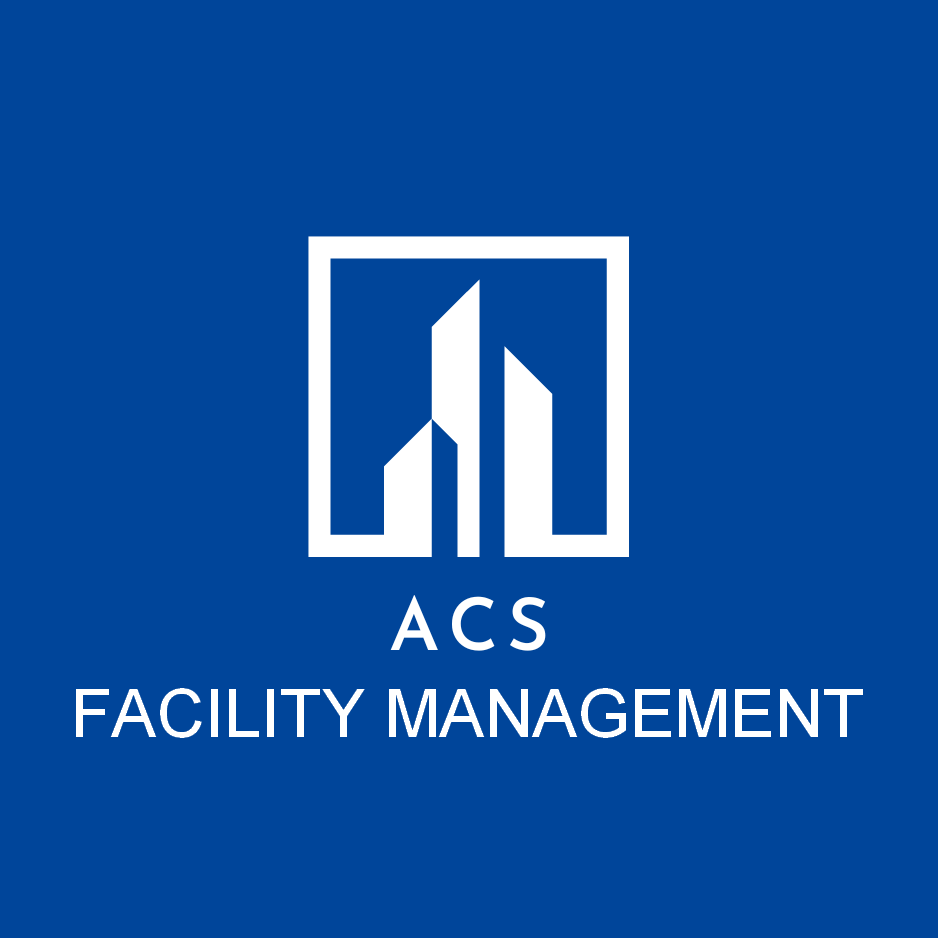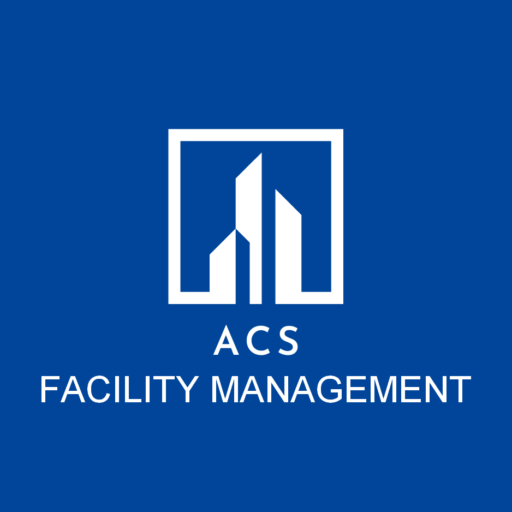Core FTP Server: Securing Facility Management Data Transfer (957021)
This article explores the crucial link between Core FTP Server, a versatile solution for secure file transfers, and the demands of facility management. We will focus on how Core FTP Server can enhance the security of data related to facility operations, specifically access logs, surveillance recordings, and building automation system information, themes resonant within online marketplaces specializing in security solutions.
The Role of Secure FTP in Facility Management Security
Modern facility management relies increasingly on digital data to optimize security and operational efficiency. This section will delve into the specific data types generated within facility environments and why robust, secure transfer mechanisms like those offered by Core FTP Server are of utmost importance.
Data Security Challenges in Facility Management
Facility management generates sensitive data, including security footage, access control logs tracking entries and exits, and operational parameters from building automation systems (BAS). The very nature of this information—detailing who, when, and how individuals interact with a facility, coupled with insights into system vulnerabilities—necessitates stringent security measures. Using unencrypted file transfer methods poses significant risks, inviting potential interception and unauthorized access to data.
Failure to secure facility management data can lead to severe repercussions:
- **Compliance Violations:** Organizations may face penalties for non-compliance with data protection regulations such as GDPR (General Data Protection Regulation) or CCPA (California Consumer Privacy Act).
- **Financial and Reputational Damage:** Data breaches can result in substantial financial losses, including legal fees, fines, and remediation costs. Moreover, they erode public trust and damage an organization’s reputation.
- **Insider Threats:** Robust access controls are essential to mitigate the risk of insider threats, where authorized personnel may abuse their privileges for malicious purposes.
Core FTP Server as a Solution for Secure Data Transfer
Core FTP Server provides the necessary security layers for transferring sensitive facility management data by supporting FTPS (FTP Secure), SSH/SFTP (Secure File Transfer Protocol), and HTTPS protocols. These protocols encrypt data during transmission, preventing unauthorized access. Furthermore, its user management capabilities enable administrators to control access and permissions, ensuring that only authorized individuals can access sensitive data.
Here’s a closer look at Core FTP Server’s security features:
- **Robust Encryption:** Core FTP Server utilizes strong encryption algorithms like AES (Advanced Encryption Standard) and TLS/SSL protocols to protect data in transit. Key exchange methods like Diffie-Hellman ensure secure communication channels.
- **Optimized Security Configuration:** Administrators can configure various security settings, such as password complexity requirements, account lockout policies, and IP address restrictions, to fine-tune security measures.
- **Seamless Integration:** Core FTP Server seamlessly integrates with existing security infrastructure, such as firewalls and intrusion detection systems (IDS), to provide a holistic security solution. Firewalls can be configured to allow only specific traffic on the ports used by Core FTP Server, and IDS systems can monitor server logs for suspicious activity.
Setting Up Core FTP Server for Facility Management Data
This section offers a practical guide on setting up Core FTP Server for secure file transfers within a facility management environment, expanding upon the existing step-by-step instructions.
Configuring Domains and User Accounts
Adapt the domain and user account setup process to meet the specific needs of facility management. Carefully structure directories to efficiently store and access security-related data. Separate directories for surveillance footage, access logs, and building automation system data will make data retrieval and management much easier.
Effective user account management is critical:
- **Role-Based Access Control (RBAC):** Implement RBAC policies to grant users access only to the data and resources they need to perform their job duties. For example, security personnel might require access to surveillance footage and access control logs, while building maintenance staff might need access to BAS data.
- **Strong Password Policies and Multi-Factor Authentication (MFA):** Enforce strong password policies that require users to create complex passwords and change them regularly. Implement MFA for an added layer of security, requiring users to provide multiple forms of authentication (e.g., password and a code from a mobile app) before granting access.
- **Regular Auditing:** Regularly audit user access and permissions to ensure that they remain appropriate and aligned with current job responsibilities. Promptly revoke access for terminated employees or those who no longer require it.
Securing Data Transfers with SSL/TLS and SFTP
Configure SSL/TLS and SFTP protocols within Core FTP Server to guarantee encrypted data transfers. The choice of strong encryption ciphers is crucial for protecting against eavesdropping and data breaches. Prioritize modern ciphers known for their robustness.
Further enhance security by:
- **Generating and Managing SSL/TLS Certificates:** Obtain SSL/TLS certificates from a trusted Certificate Authority (CA) to verify the server’s identity and establish secure connections. Regularly renew certificates to prevent expiration and security vulnerabilities.
- **Configuring SSH Key Authentication:** Implement SSH key authentication as an alternative to passwords, which can be vulnerable to brute-force attacks. SSH keys provide a more secure method of authentication by using cryptographic key pairs.
- **Testing Security:** Thoroughly test the security of the data transfer process using vulnerability scanning tools to identify and address any potential weaknesses.
Integrating Core FTP Server with Facility Management Systems
Core FTP Server can be seamlessly integrated into the existing software infrastructure of facility management providers. Integrating Core FTP Server with systems such as video management software, access control systems, and building automation systems can significantly improve overall security and efficiency. This integration can automate data backups, facilitate centralized data management across multiple locations, and enhance real-time monitoring capabilities.
Automating Data Backup and Archival
Core FTP Server can automate the backup and archival of security footage, access control logs, and other critical facility management data. Scheduling options allow for regular backups, ensuring that data is protected against loss or corruption. Data retention policies should be defined to comply with legal and regulatory requirements.
Enhancements to this process can include:
- **Scripting Automation:** Leverage scripting languages to automate data transfer tasks, such as uploading security footage to a remote server or archiving old access control logs.
- **Cloud Storage Integration:** Integrate with cloud storage services like Amazon S3 or Azure Blob Storage for offsite backups, providing an extra layer of protection against data loss.
- **Data Versioning and Recovery:** Implement data versioning to track changes and enable easy recovery of previous versions. In the event of data loss or corruption, robust recovery mechanisms should be in place to restore data quickly and efficiently.
Centralized Data Management for Multiple Locations
Core FTP Server enables the creation of a centralized data management platform for multiple facility sites. This allows security personnel to access data quickly and efficiently, regardless of location. It ensures consistent security protocols and simplifies data management across all sites.
To achieve this:
- **Centralized vs. Distributed Instances:** Evaluate whether to use a single Core FTP Server instance or distribute multiple instances across different locations, depending on factors such as bandwidth, latency, and security requirements.
- **Data Replication and Synchronization:** Implement data replication and synchronization techniques to ensure that data is consistent across all locations. This can involve setting up automated replication schedules or using real-time synchronization tools.
- **Performance Monitoring:** Monitor server performance and security across multiple sites to identify and address any issues proactively. Use centralized monitoring tools to track key metrics such as CPU usage, memory consumption, and network traffic.
Troubleshooting and Best Practices for Secure Facility Management Data Transfer
This section outlines best practices and solutions to common problems encountered when using Core FTP Server in facility management, expanding upon general troubleshooting tips.
Addressing Firewall and Port Configuration Issues
Proper firewall and port configuration is crucial for seamless data transfer without compromising security. Incorrect settings can block connections and prevent data from being transferred. Firewalls act as gatekeepers, controlling network traffic and preventing unauthorized access.
Focus on:
- **Firewall Rules:** Configure firewalls to allow inbound and outbound traffic on the specific ports used by Core FTP Server (e.g., port 21 for FTP, port 22 for SFTP, port 443 for HTTPS).
- **Network Address Translation (NAT):** Use NAT to map internal IP addresses to public IP addresses, allowing clients outside the local network to connect to the server.
- **Connectivity Testing:** Use tools like Telnet or Netcat to test connectivity to the server on the configured ports. This helps identify any firewall or network configuration issues that may be preventing connections.
Monitoring and Auditing Security Events
Monitoring Core FTP Server logs and setting up alerts for suspicious activity is paramount. Regularly audit security events to identify potential vulnerabilities and ensure compliance with security policies. Logging and auditing provide a record of server activity, which can be invaluable in investigating security incidents.
Implement the following measures:
- **Log Analysis Tools:** Utilize log analysis tools to identify patterns and anomalies in server logs. These tools can automatically detect suspicious activity, such as failed login attempts, unauthorized file access, or unusual data transfer patterns.
- **Real-Time Alerts:** Set up real-time alerts for critical security events, such as account lockouts, failed login attempts, or the detection of malicious files. This allows security personnel to respond quickly to potential security breaches.
- **Regular Audit Reviews:** Regularly review audit logs to identify potential security vulnerabilities and ensure compliance with security policies. This can involve manually reviewing logs or using automated tools to generate audit reports.
Conclusion
Core FTP Server provides a robust and secure solution for managing data transfers in facility management. Its support for multiple protocols, granular user management capabilities, and seamless integration with existing security infrastructure make it an ideal choice for organizations looking to protect their sensitive data. By prioritizing security and implementing best practices, facility management providers can ensure the confidentiality, integrity, and availability of their data.
The future of facility management security will likely be shaped by:
- **Increasing Importance of Security:** The threat landscape is constantly evolving, with new vulnerabilities and attack vectors emerging regularly. As a result, security will only become more important in the years to come.
- **Escalating Costs of Breaches:** The financial and reputational consequences of security breaches are increasing, making it imperative for organizations to invest in robust security measures.
- **Potential of Automation and AI:** Automation and artificial intelligence (AI) have the potential to revolutionize facility management security by automating tasks such as threat detection, incident response, and vulnerability management.

